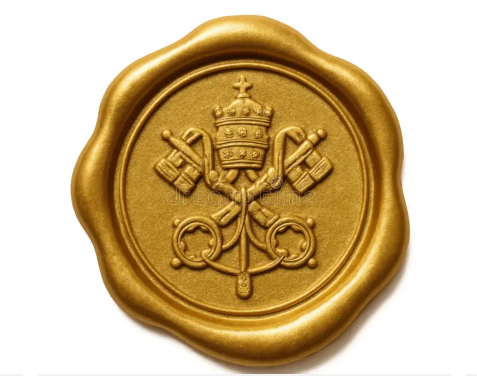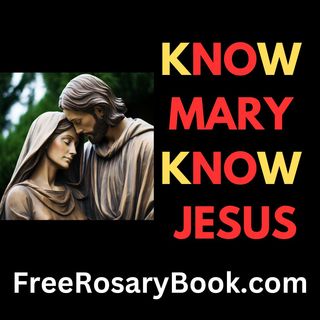WHEN A POPE DIES
The Catholic Church is full of ceremonies and rituals. Some of these rituals are daily and annual, while others occur rarely, only when certain events happen. One of such rituals, concerns the burial of the Pope. Recently, many people, irrespective of where they are in the world and what they believe, have become interested in the ceremonies and rituals associated with the burial of the Pope and the election of a new Pontiff. It is therefore important for us, especially Catholics, to have some idea regarding what happens when a Pope dies.
At the death of the Pope, the Camerlengo (chambalein) is the one who initiates the ceremonies or rituals associated with the funeral of the Pope. After the Vatican doctors have certified that the Pope has passed on to eternity, the Camerlengo would call the Pontiff by his baptismal name three times, asking whether he was sleeping. For example, in the case of Pope Francis, who died at the time of writing this article, the Camerlengo would have said, “Jorge Mario Bergoglio, are you sleeping?” When there is no response after the third call that is when the Camerlengo officially pronounces that the Pope is dead.
After this, he destroys the papal ring, which has the signa of the Pope and is traditionally used to sign and authenticate official documents, at least historically. It is destroyed so that no one could forge any document in the name of the Pope. This means that at the death of the Pope, no one can issue any document in his name. Everything that needs his insignia to make it valid cannot be undertaken. The Papal apartment is then sealed by the Camerlengo, to prevent looting, intrusion and stealing of Papal items and private papers belonging to the Pope.
The announcement of the death of the Pope is then made to the entire world. The way of the Church is not to make announcement on radio, Facebook or X, but the tolling of the Bells in St. Peter’s Basilica. The Bell is tolled for the number of years the Pope has lived on Earth. For Pope Francis, the bells tolled 88 times since he lived to 88 years. This is an indication that the Pope is dead because on a normal day, the bells toll at most twelve times to mark 12 o’clock.
Having announced the death of the Pope, the Church now enters “the inter-regnum period”, which is also called “the sedevacante”. This is the period between the death of the Pope and the election of the new Pope. Within this period, the funeral of the Pope is held and preparations for the election of the new Pope are made. His body is prepared and brought to St Peter’s Basilica for the viewing and final respect of the faithful. The inter-regnum period also includes the 9 days of mourning, where the whole church prays for the repose of the soul of the Pope.
The funeral of the Pope begins the night before the funeral Mass. Two things are placed in the coffin of the Pope – a bag of coins that were minted during his reign and a prepared document detailing the significant events of his pontificate. The coins indicate the dates of his reign, and since they are minted to mark some historical events, this is added to keep that his history. It is like he is buried with the summary of his rule as Pope. Before the coffin is closed, his face is covered in a white silk veil.
The Requiem Mass is attended by many Heads of States and Heads of other religions. After the Mass, the Pope is buried in the Papal Crypt in the Vatican. The Popes are buried in St Peter’s Basilica to show their closeness to St Peter and the faithful. It is worth noting that there are other churches where some Popes have been buried apart from St Peter’s Basilica. A Pope may request where he should be buried after his death. Pope Francis, for example, requested to be buried in the church of Santa Maria Maggiore, a church he loved to go and pray.
The funeral Mass begins the nine consecutive days of mourning, with the celebration of the Eucharist in suffrage of the late Pope. These nine days of mourning are known as “Novemdiales”. The Masses for the Novemdiales are led by the Cardinals with participation of the faithful. It must be noted that while it is open to all, different groups are officially scheduled to participate, considering their relationship with the Pope. These groups and their diversity show the scope of the Pope’s ministry and the universality of the Church of Rome.
After the period of mourning, efforts are now geared towards the election of a new Pope. Cardinals from all over the world, especially Cardinal electors, begin to arrive, have a series of encounters, meetings and pray together, and the conclave begins. In this period, the Cardinals discuss the needs and issues of the Church. They contemplate what kind of leader is needed and pray together for the Spirit’s direction and guidance.
The Conclave begins with the Mass for the election of a Pope participated by the Cardinals in the Sistine Chapel. For the duration of the Conclave, the Cardinals are isolated from the outside world as they choose the next Pope. If a Pope is chosen, a white smoke appears in the chimneys above the Sistine Chapel.
Let us keep the Pope always in our prayers, so that he may lead the Church in truth, love and unity.
Viva il Papa.
God bless you.
By Fr Delight Carbonu




